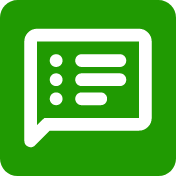Advanced Proficiency: Enhance analytical thinking by teaching students to identify and express three levels of causation: immediate (direct causes/effects), intermediate (connecting events), and long term (lasting impact). For younger students, focus on clear, direct cause-and-effect relationships using precise academic terms (e.g., results in, leads to, causes). For older students, encourage analysis of multiple causes and effects, using sophisticated academic language to express complex relationships (e.g., precipitates, culminates in, generates). During discussions, have students use evidence-based language (e.g., “This event triggered…, which ultimately led to…”) to explain multi-step cause-and-effect chains. This develops students’ advanced academic vocabulary while building their critical thinking about historical and scientific relationships.






